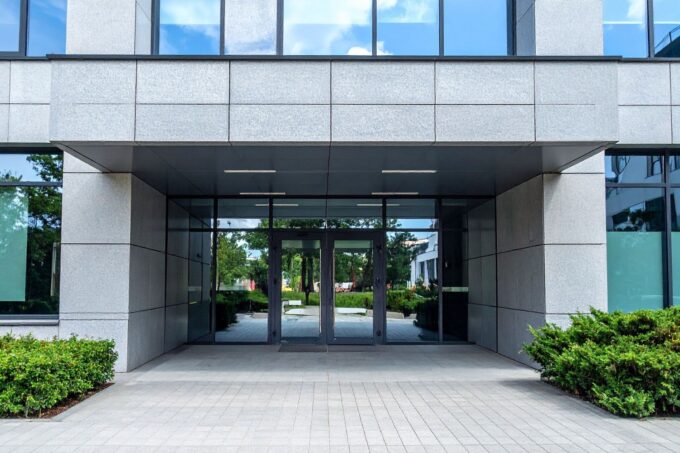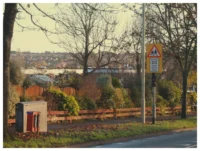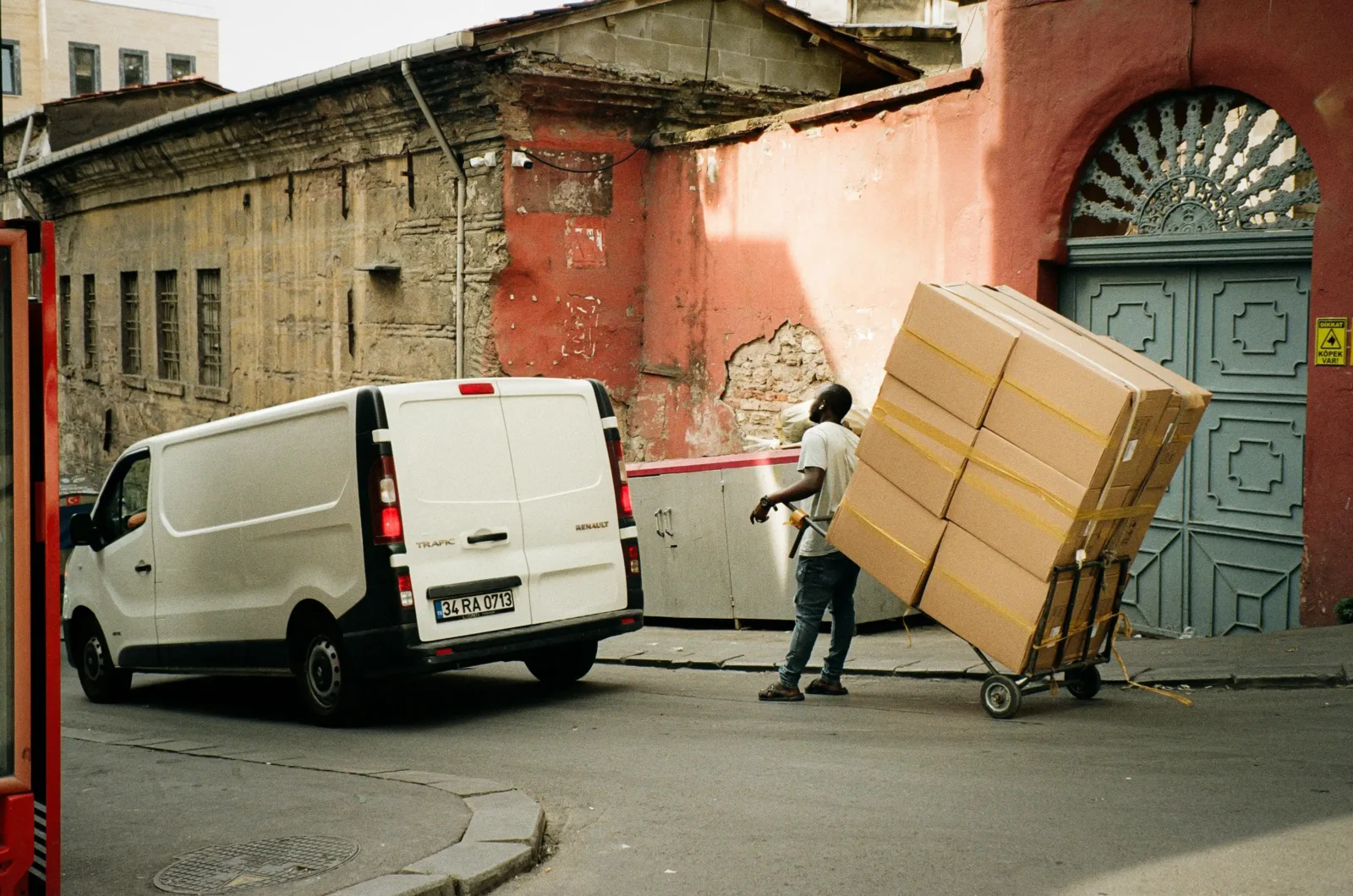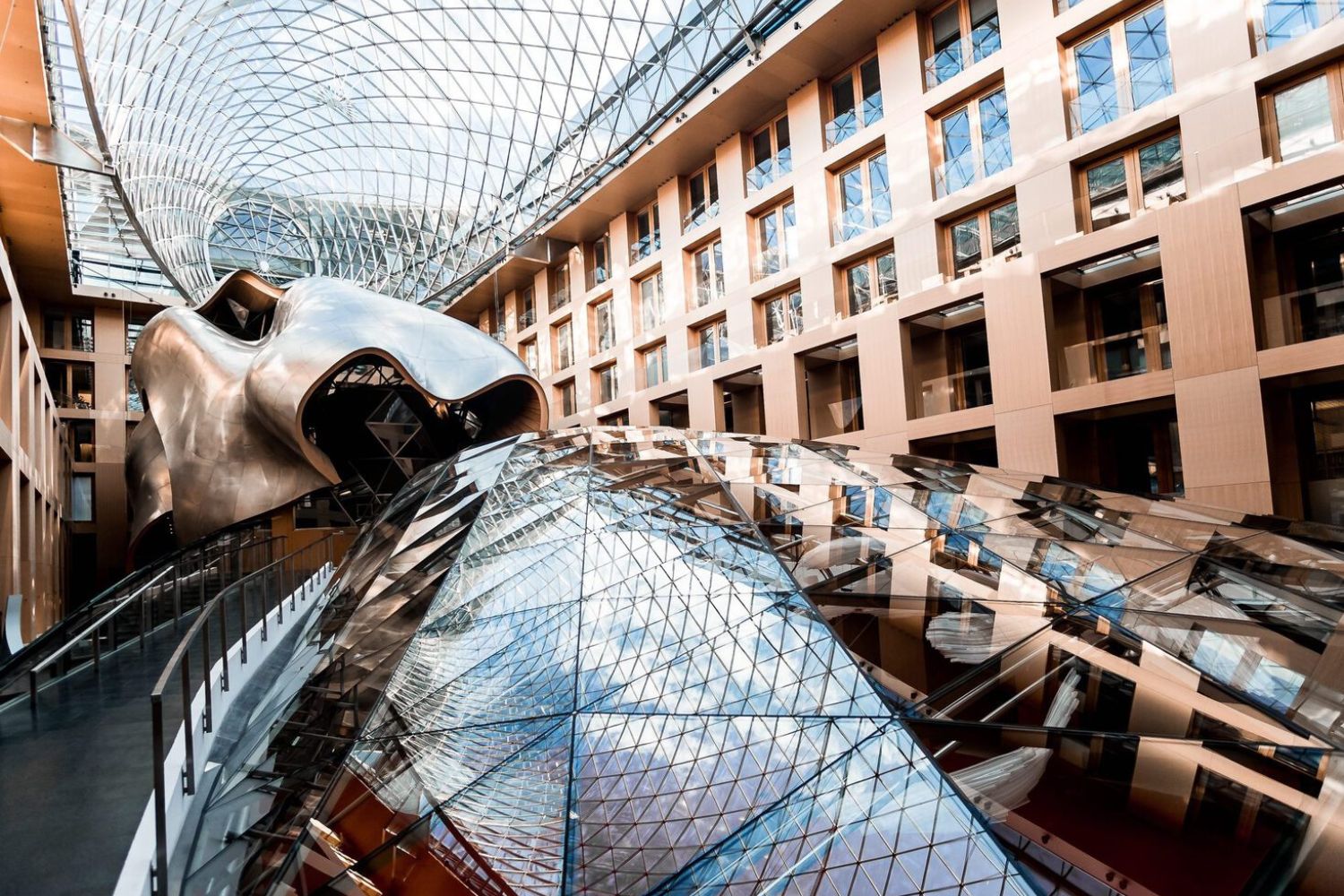- Home
- Articles
- Architectural Portfolio
- Architectral Presentation
- Inspirational Stories
- Architecture News
- Visualization
- BIM Industry
- Facade Design
- Parametric Design
- Career
- Landscape Architecture
- Construction
- Artificial Intelligence
- Sketching
- Design Softwares
- Diagrams
- Writing
- Architectural Tips
- Sustainability
- Courses
- Concept
- Technology
- History & Heritage
- Future of Architecture
- Guides & How-To
- Art & Culture
- Projects
- Interior Design
- Competitions
- Jobs
- Store
- Tools
- More
- Home
- Articles
- Architectural Portfolio
- Architectral Presentation
- Inspirational Stories
- Architecture News
- Visualization
- BIM Industry
- Facade Design
- Parametric Design
- Career
- Landscape Architecture
- Construction
- Artificial Intelligence
- Sketching
- Design Softwares
- Diagrams
- Writing
- Architectural Tips
- Sustainability
- Courses
- Concept
- Technology
- History & Heritage
- Future of Architecture
- Guides & How-To
- Art & Culture
- Projects
- Interior Design
- Competitions
- Jobs
- Store
- Tools
- More
Inside Beijing’s Most Unique Bike Store: Ride, Repair, Connect

Table of Contents
ToggleReconstructing the Cutting-Edge Space of Industrial Memory
This newly opened space is located in Beijing, a cultural hub where the remnants of heavy industry meet the electricity of creative innovation. As the flagship experience save of top rate biking logo AITASHOP, the site isn’t just a commercial outlet—it’s a narrative-wealthy, multifunctional environment that showcases over a decade of understanding in the cycling enterprise even as redefining the boundary among retail and network.
At the doorway stands a putting gantry crane—its towering body and gantry crane wheels function both a visible anchor and a symbolic gesture. It speaks to the commercial spine of the site, whilst projecting a bold, mechanical electricity that units the tone for what lies within. This once simply purposeful machinery now marks the gateway into a brand new form of way of life hub—one where layout, lifestyle, and cycling coexist.
Dual Functions: Garage and Shared Social Space
Inside, the architecture is cleverly divided into center regions: the “storage” at the sunken western side and the principle body of the space—the “Experience Center.” The storage serves as a hybrid sector: component workshop, part community living room. It is embedded into the panorama through a semi-open, triangle-shaped structure that maintains both privacy and permeability. Cyclists can ride immediately into this vicinity for upkeep, tuning, or cleansing, with lots of space to move around and have interaction with technicians.
Far from being tucked away like a conventional lower back-of-residence repair area, this storage is celebrated as a central consumer-facing characteristic. Real-time conversations between workforce and customers unfold evidently, breaking the boundary between carrier and experience. The preserved crane tune machine, subtly included into the floors and landscape design, provides every other layer of authenticity, echoing the constructing’s business roots at the same time as guiding the bodily float of the space.

Beyond feature, the garage also acts as a informal hangout spot. A cup of freshly brewed espresso, a spontaneous cycling meetup, or a casual chat about bike tech—all of this takes place right here. It’s an area to tune up your tools, however also to connect to like-minded individuals and share the spirit of biking.
Immersive Experience Center: The Regeneration of Historical Structures
Walking into the important region, traffic are greeted with the aid of a bold and immersive space surrounded by way of ten towering desulfurization tanks—monuments of the web site’s industrial past. These huge cylinders haven’t been concealed or removed; rather, they are preserved of their uncooked form, weathered and dignified, now serving as sculptural anchors that structure the complete spatial experience. They manual sightlines, outline flow paths, and floor the idea of transformation—from factory to flagship.
Around those commercial totems, the display platforms and product zones are organized in a modular format. This flexibility permits the retail setup to conform with seasonal topics, product launches, and curated activities. Despite the density of architectural elements, the distance remains open and obvious, like a gallery-meets-workshop environment. Here, the legacy of heavy industry transforms right into a kinetic “business artwork museum” focused on biking way of life.
This environment doesn’t just show off bicycles; it embodies the physicality, strength, and craftsmanship that biking demands. The mechanical logic of the beyond is recontextualized into a forward-looking way of life narrative.
Material Dialogue: The Fusion of Raw and Refined
The tension among the old and the brand new is similarly emphasised thru material choices. Industrial-grade substances—galvanized steel mesh, perforated metallic panels, and brushed chrome steel—coexist with weathered iron, patinated steel sheets, and coarse concrete. These elements aren’t hidden or polished away; they’re celebrated, layered deliberately to create a rhythmic contrast of texture and tone.
The presence of heavy-obligation lifting equipment, as soon as helping machinery like a 10 ton gantry crane, is subtly referenced thru the ceiling beams, riveted joints, and linear fixtures. These aren’t decorative nods—they’re part of the actual commercial DNA of the building, preserved to floor the distance in its physical records.
To stability the distance and inspire longer stays, softer elements are cautiously included: Finnish wood chairs from Artek, custom wood bar counters, and planters packed with lush greenery. The contrast between cold steel and heat wood creates an environment that feels simultaneously robust and inviting. The area is tactile, atmospheric, and undeniably human.
Beyond Retail: Activating a New Center for the Cycling Community
AITASHOP’s flagship space isn’t always just a place to shop for a bike—it’s a destination constructed to serve a growing city biking tradition. Beyond its modular shows and provider areas, the shop hosts workshops, seasonal pop-up events, and layout showcases that reflect its deep roots in biking innovation and network involvement.

By preserving key architectural functions like antique manufacturing unit beams, pipe structures, and rail-mounted infrastructure, the distance turns into a cultural relic as lots as a business venue. Riders waft underneath preserved crane tracks, prevent beside rusted columns, and collect around concrete furnishings now repurposed into communal tables. This dynamic interaction of movement, material, and memory turns the shop into a dwelling archive—a place where the metropolis’s commercial past and biking future meet.
This is what the logo calls a “damage of the destiny”—a area that respects what came before at the same time as actively shaping what’s to return. It’s a manifesto in bodily form: biking isn’t only a game or a product, however a way of life deeply incorporated into city motion, community, and design.
Conclusion:
This flagship area is more than a retail surroundings—it’s a living, respiratory intersection of cycling, design, and concrete heritage. By thoughtfully maintaining commercial remnants and seamlessly integrating them with modern capability, AITASHOP has created a destination that celebrates craftsmanship, fosters network, and reimagines what a bicycle store can be.
From the weathered metallic tanks to the immersive material contrasts and community-pushed programming, each element tells a story of transformation. Here, riders don’t just save—they discover, interact, and become part of a broader city way of life movement. This is cycling tradition made seen, tangible, and actual.
Submit your architectural projects
Follow these steps for submission your project. Submission FormLatest Posts
Furniture Movers by the Hour: Complete Guide to Hourly Moving Services in 2025
Introduction Furniture movers by the hour are professional moving services that charge...
Where To Charge Rivian: Complete Guide to Charging Locations and Networks
Introduction Rivian electric vehicle owners can charge their vehicles through multiple charging...
Frank Gehry Architecture: Style, Innovation and Iconic Works
Frank Gehry is one of the most influential architects of our time,...
The Dialogue Between Islamic Architecture and Modern Design
Explore Islamic architecture and modern design: climate-smart strategies, case studies, and courtyards,...












Leave a comment